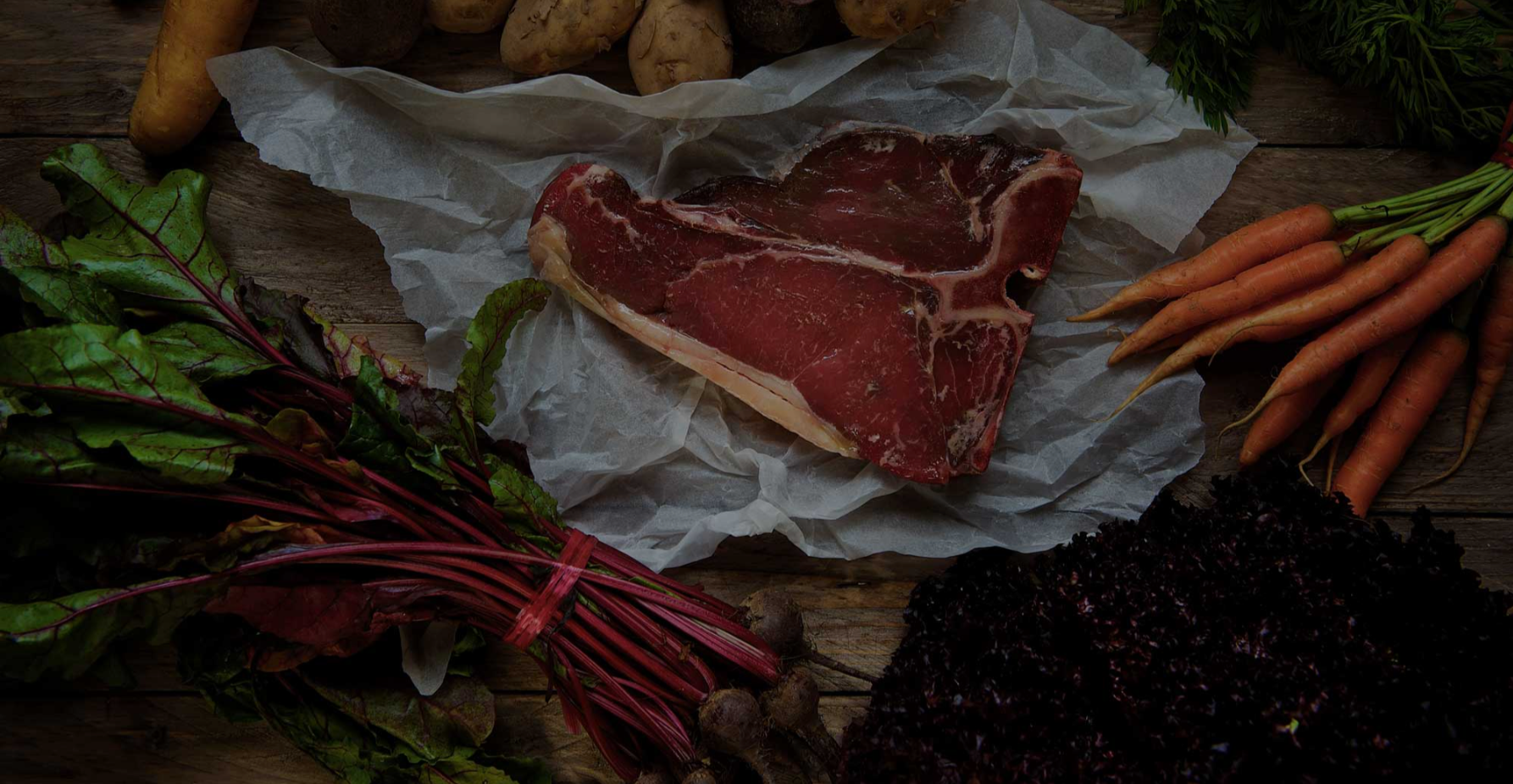Raw Food Nutrition for Dogs and Cats
Article by Dr. Doug Knueven. Used with permission.
Hills, Purina, and Iams are ingrained into the consciousnesses of every veterinarian from their professional infancy to their grave. Processed food is in our blood – Yuck. How can you expect a veterinarian to be open to the idea that real, raw food is anything but dangerous for pets?
Veterinary college programs include nutrition training which would seem to be a great thing. The basis of well-being is a healthy diet. We cannot expect our pets to build strong bodies with powerful immune systems without the needed raw materials.

www.DrDougKnueven.com
Additionally, we now know that nutrients turn on and off genes and often control the genesis and progression of disease. Unfortunately, the nutrition education in veterinary schools is heavily influenced by pet food manufacturers. This gives veterinarians a skewed view of nutrition.
Industry Influence
Veterinary students learn about dog and cat nutrition from a book written by a major pet food company. The nutritionist that teaches them has usually had their education underwritten by a major pet food company. Major pet food companies provide free food for vet students and also the teaching hospitals where they are learning about veterinary norms.
Who has money to fund research into pet nutrition? You guessed it, the major pet food companies. Most continuing education for veterinarians regarding nutrition is sponsored by pet food companies. They also have an obvious presence in the exhibit halls of all veterinary conferences.
The Last Thing on Our Minds
Out in practice, most veterinarians do not give much thought to a pet’s diet. We’ve been trained that the pet food companies know what they’re doing, so why question it. Nutrition is complicated with all those nutrients needing to be perfectly balanced. The pet food companies have the experts to get it done right. Besides, we are so busy keeping up with new drugs and surgical procedures that there just isn’t much time for the trivialities of nutrition.
Any vet who does think of diet is going to go with what they know – processed foods. And, the pet food companies have a scientifically prepared diet for just about every disease. Never mind that the ingredients are totally foreign to the animals consuming them. Industry-sponsored studies show these foods are best.
It is a shame that many veterinarians have lost their common sense. It should be obvious that a diet of strictly processed food could never provide all the nutrients that an ancestral diet does. We know for ourselves that eating more fresh foods and less processed foods is the healthiest path. How could the same not be true for our animal patients?
Is There Hope?
My hope is that the grassroots, raw pet food movement will cause more vets to see the light as they encounter healthy animals being fed these diets. Perhaps the conventional nutrition programming can be unlearned and the eyes of veterinarians opened to the truth.
Our raw food diet feeding recommendations for dogs and cats:
Just like humans, cats and dogs are individuals who need time to adjust to a new diet. That’s why we recommend that you introduce our raw food slowly into your pet’s current diet over the course of 4 to 12 weeks until your pet is eating Love Your Pet food in the recommended amounts. We also recommend you to consider including organ meats/tripe every 7-10 days to complete your pet's raw food diet.

Keep in mind that some pets are a bit finicky and may require an even longer time to switch over to raw food, while others may adjust to their new diet rather quickly. Also, a few mild digestive upsets are normal as your pet acclimates to the natural enzyme content of the raw foods.
At first, dogs and cats who have been fed a premium dry diet will eat a larger quantity of Love Your Pet food. Generally, after a few months of introducing a raw food diet, your pet’s digestive system will begin assimilating it well enough to be able to reduce the serving size. This increased assimilation of nutrients may progress over several months, so be sure to continue to monitor your pet’s hunger and adjust serving sizes accordingly.
Generally, the ideal amount to feed your pet depends on his/her age, activity level and metabolism. We recommend that you feed 1% of your pet’s weight each day if your friend is sedentary, 2% if your friend engages in an average amount of exercise and up to 4% if your friend is quite active.
For example, let’s say your dog weighs 100 pounds and is sedentary. The optimum amount of Love Your Pet raw food to feed him daily would be 1% of 100 pounds. That would be 1 pound of food per day. Or
FEEDING GUIDELINES
DAYS 1 - 3
5% Love Your Pet
95% current food
DAYS 4 - 7
10% Love Your Pet
90% current food
Increase the amount of Love Your Pet by 5-10% each week. If at any time your animal has diarrhea or gastric upset, decrease portions to the previous amount you were feeding. Once defrosted, the food will last up to one week in the refrigerator. Use safe handling precautions as you would with any other meat products.
* PLEASE REMEMBER to begin this program gradually.


